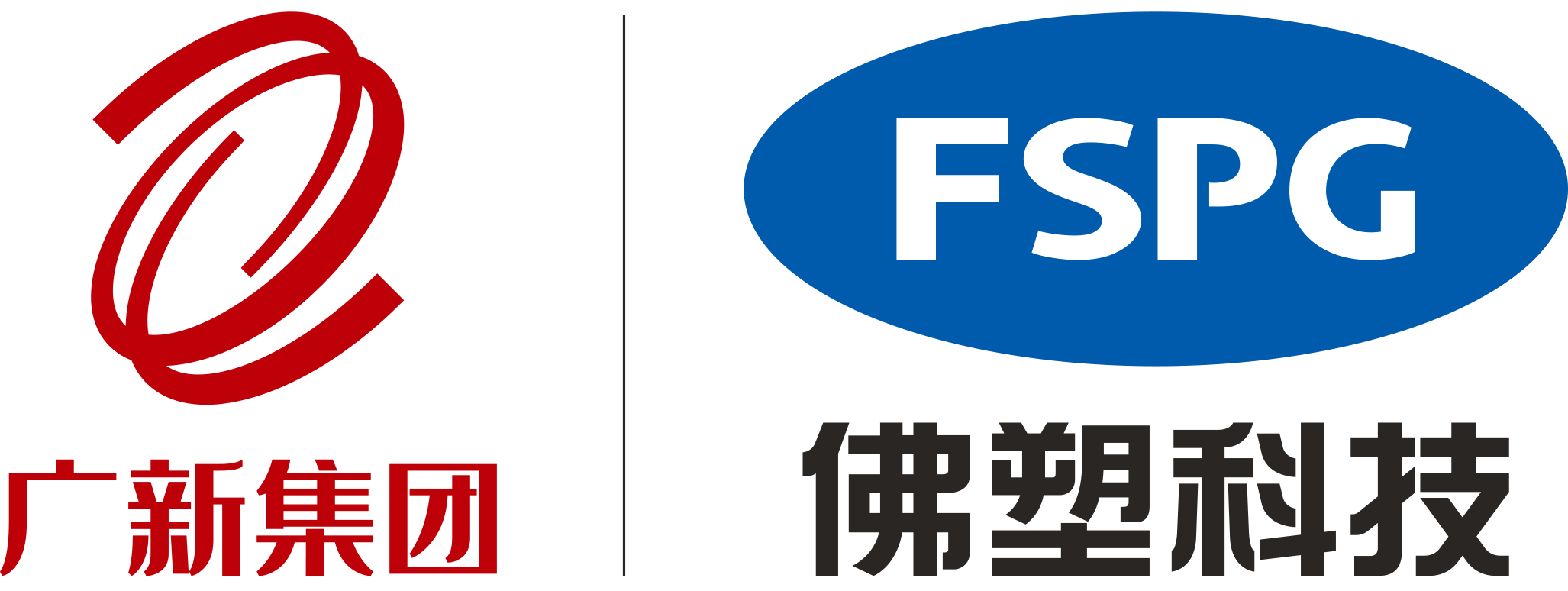Views: 0 Author: Site Editor Publish Time: 2024-06-13 Origin: Site








When producing metallized foil, a thin layer of metal is applied to a plastic substrate. The process is commonly used in various industries such as packaging, thermal insulation and window tinting. You can find detailed instructions for producing metal foil here:
Plastic substrate: Common materials are polyester (PET), polypropylene (PP) or polyethylene (PE).
Metal: Aluminum is the most commonly used metallization metal due to its excellent reflective properties and cost-effectiveness.
Vacuum chamber: creates the environment required for deposition.
4. Metal source: Aluminum foil as target material, depending on the selected deposition method
5. Power control system: ensures precise control of deposition parameters to achieve the desired film thickness uniformity

Process overview:
1. Preparation: clean the plastic substrate to ensure it is free of contaminants, thereby improving the bonding quality of the final product.
2. Loading: place the substrate into the vacuum chamber;
3. Load the aluminum source into the evaporation crucible boat. Vacuum generation: evacuate the air in the chamber to create a high vacuum environment and reduce the oxidation of contaminants during processing.
4. Heating evaporation: heat the aluminum source to evaporate it in the chamber to form a vapor cloud.
5. Deposition: the vaporized aluminum condenses on the surface of the plastic substrate to form a thin metal layer
Advantages:
The process is relatively simple.
Good film thickness control.
Disadvantages:
Limited to low melting point metals.
Thicker coatings may require multiple passes.
Process Overview:
1. Preparation: Clean the plastic substrate to ensure it is free of contaminants, thereby improving the bonding quality of the final product.
2. Loading: Place the substrate into the vacuum chamber; place the aluminum target opposite the substrate holder.
3. Vacuum generation: Evacuate the air in the chamber to create a high vacuum environment to reduce the oxidation of contaminants during the process.
4. Plasma generation: Introduce an inert gas (usually argon), ionize it and create a plasma field in the chamber.
5. Sputtering deposition: Accelerated ions collide with the aluminum target and expel atoms, which are then deposited on the surface of the plastic substrate to form a thin layer of metal.
Advantages:
Can be used with a variety of metals.
Forms a very uniform and sticky coating.
Disadvantages:
Equipment is more complex and more expensive than thermal evaporation.
Deposition rates are slower.
Thickness Measurement - Measure thickness using tools such as a profilometer or ellipsometer to ensure consistency across the film surface.
Adhesion Testing - Perform adhesion testing to check the bond strength between the metal layer and the plastic substrate to prevent delamination during use.
Optical Property Evaluation - Measure reflectivity, clarity, and other optical properties to ensure specifications are met for the desired application.
Packaging Industry:
- Flexible packaging materials are used to provide barrier protection against moisture and oxygen, thereby extending the shelf life of products.
Insulation Industry:
- Apply reflective insulation materials to improve energy efficiency of buildings and reduce heat transfer.
Window Films: - Improved privacy, reduced glare, increased energy efficiency, automotive architectural applications
By understanding these methods and carefully controlling production parameters, high-quality, reliable metallized films can be produced to meet the diverse needs of the industry!
Home | Products | Green Product | Contact Us | Sitemap | Privacy Policy
